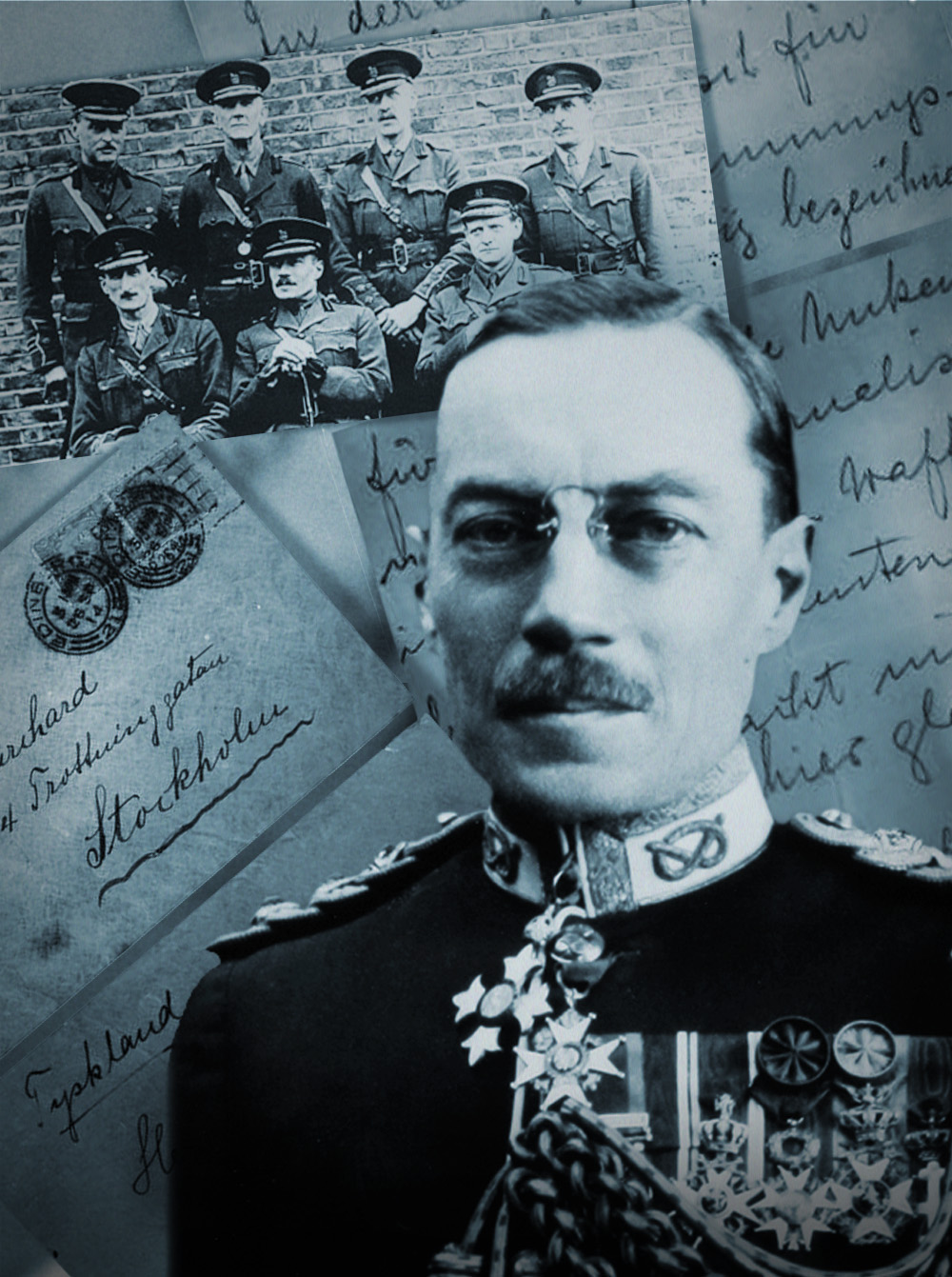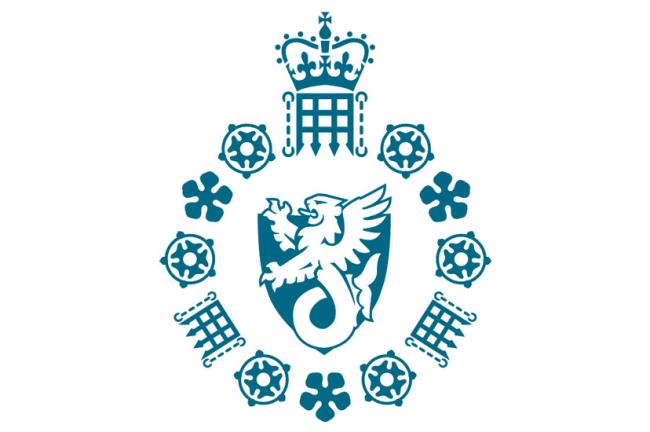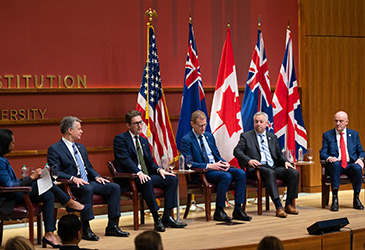

World War I
Espionage and counter-subversion
By Professor Christopher Andrew, author of "The Defence of the Realm".
At the start of the First World War, with the assistance of the police, MI5 rounded up all the agents of any significance working for German naval intelligence. No remaining agent was able to pass on potentially crucial intelligence on the departure for the continent of the British Expeditionary Force. Gustav Steinhauer, the head of the British section of German Naval Intelligence, later acknowledged that the Kaiser had been beside himself with fury when told of the ‘wholesale round-up of our secret service agents’: ‘Apparently unable to believe his ears, [he] raved and stormed for the better part of two hours about the incompetence of his so-called intelligence officers, bellowing: “Am I surrounded by dolts? Why was I not told? Who is responsible?” and more in the same vein.’ Steinhauer is unlikely to have fabricated such a devastating denunciation of his own alleged incompetence.
German archives reveal that at least 120 spies were sent to Britain at some point during the First World War. MI5 caught 65 of them. There is no convincing evidence that any of the remainder sent back significant intelligence to Germany. Some appear to have been ‘reconnaissance agents’ on neutral shipping, able to report only on what they could observe when calling at British ports. A number of other agents broke contact with their case officers.
A post-war MI5 report concluded: ‘It is apparently a paradox, but it is none the less true, and a most important truth, that the efficiency of a counter espionage service is not to be measured chiefly by the number of spies caught by it.’ Though MI5 caught a record number of spies in 1915, it was probably less successful then than in 1918 when it caught none. Good ‘protective security’ (better developed during the First World War than ever before) and the deterrent effect of the executions of some captured spies had by then made it difficult for Germany either to recruit any spies for work in Britain or to carry out sabotage operations as effective as those in the United States (which included blowing up a huge arms dump in New Jersey in which 900 tonnes of explosives was detonated, killing seven people and damaging the Statue of Liberty).
Faced with the declining threat from German espionage, MI5 paid increasing attention during the second half of the War to counter-subversion. Like the government, it wrongly suspected that German and Communist subversion was inflaming British industrial disputes. Its New Year Card for 1918, correctly forecasting victory by the end of the year, showed MI5, depicted as a masked Britannia, impaling the beast of Subversion with her trident before it can stab the British fighting man in the back. The card was personally designed by Kell’s long-serving deputy, Eric Holt-Wilson.
In the course of the war MI5’s staff increased almost fiftyfold to reach a total of 844. Though the leadership remained overwhelmingly male, several female recruits achieved positions of greater significance than in any other British official agency or department. Miss A. W. Masterson became the first woman to manage the finances of a government office. Jane Sissmore, who joined MI5 as a sixteen-year-old secretary straight from school in 1916, progressed so rapidly that by 1924 she had qualified as a barrister and become MI5’s chief expert on Soviet affairs. Though the intelligence glass ceiling was not broken until Stella Rimington became Director General of MI5 in 1992, the first cracks began to appear in the First World War.

